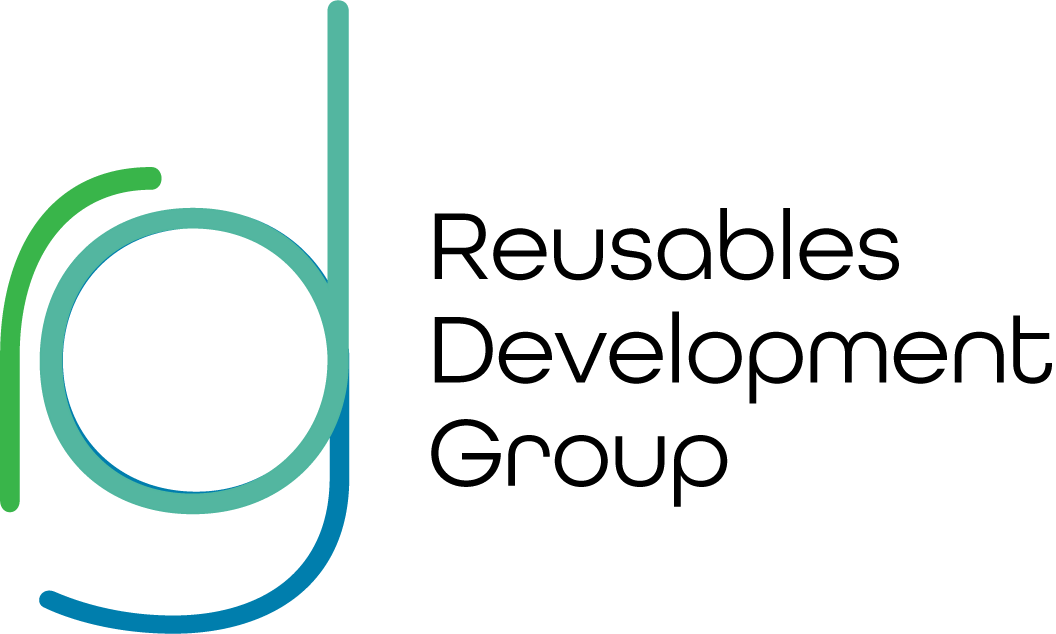Creating Sustainable Supply Chains: Designing Bulk Plastic Reusable Containers
Unlocking Efficiency and Sustainability in Supply Chains through Intelligent Design

Introduction
Returnable containers are an essential component of supply chain management, used extensively in industries like retail, logistics, and manufacturing. These containers offer versatility and can transport a wide range of products, from raw materials to finished goods. In this blog, we will explore the important design features to consider when designing a bulk plastic reusable container, with a specific focus on returnability.
Durability
Durability is a key design feature to consider. Returnable containers must withstand the demands of transportation and storage. Typically made from high-density polyethylene (HDPE) or polypropylene (PP), these containers offer strength and stiffness. When designing a bulk plastic reusable container, it's crucial to assess the weight of the transported products and ensure that the container's stacking capabilities can support them.
Ventilation
Ventilation is another critical design consideration. Adequate ventilation is necessary to maintain product quality during transportation and storage. When air can circulate inside the container, it prevents moisture buildup and condensation formation, minimizing the risk of product damage or spoilage. The design should account for the transported products and the environmental conditions they will face to ensure sufficient ventilation.
Easy to Clean
An easily cleanable design is essential for bulk plastic reusable containers. Difficult-to-clean containers can lead to contamination and bacteria growth, jeopardizing product safety. The design should incorporate features that allow easy access to all parts of the container for effective cleaning and sanitation processes. Moreover, the material used and the design itself should withstand the harsh cleaning agents commonly employed in industrial settings.
Compatibility
Another aspect to consider is compatibility with existing equipment in the supply chain. A container that is compatible with existing equipment can seamlessly integrate into the current workflow, minimizing the need for additional equipment or processes. Incompatible containers may cause delays and disruptions in the supply chain, incurring additional expenses and inconveniences.
Returnability
Returnability is a crucial design feature for bulk plastic reusable containers. The ability to be easily returned and reused allows for cost savings and increased sustainability. The design should consider features such as standardized dimensions, stackability, and ease of handling to facilitate efficient return and subsequent reuse of the containers. Additionally, the container should be able to endure multiple return cycles without compromising its structural integrity.
Conclusion
In conclusion, designing a bulk plastic reusable container requires careful consideration of several important features. Durability, ventilation, ease of cleaning, compatibility, and returnability are all vital aspects that contribute to the container's functionality and efficiency within the supply chain. By incorporating these features into the design, returnable containers can significantly reduce costs, promote sustainability, and enhance operational effectiveness.

